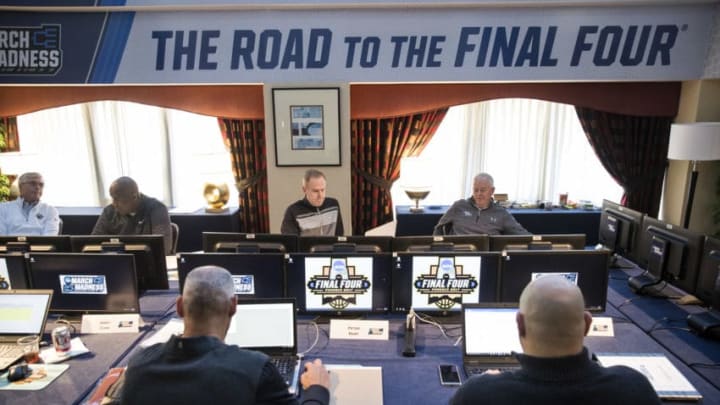NCAA Basketball: A look at a potential expanded 2021 NCAA Tournament

With a shortened season, making a fair bracket will be even more paramount
Often times the toughest part of selection and bracketing process for the committee is the seeding of the teams, as there are far fewer guidelines to follow when it comes to seeding. With an abbreviated season, the selection and seeding process will become exponentially more difficult for the committee and the lack of a non-conference portion of the season, likely means there will need to be an emphasis on different criteria in order to be fair to all the teams under consideration.
If there is only a conference schedule to rely on that might mean that the committee must harken back to some old-school methods when doing their evaluations. Things like the eye test and how a team is playing down the stretch may carry more weight than they normally would. For those that like to use the newer analytic metrics, in my opinion, in order to be fair and balanced, metrics that take into account the strength of a team’s schedule or their opponents should take a backseat to those that do not.
Failing to do this will skew metrics, including the NCAA’s NET rating, even more heavily in the favor of high-major schools, given the fact that mid-majors won’t be able to show their mettle early in the year.
The selection process will always be subjective, but with such a narrowed down resume for each team, finding criteria that will be as fair as possible will be even more important this season.